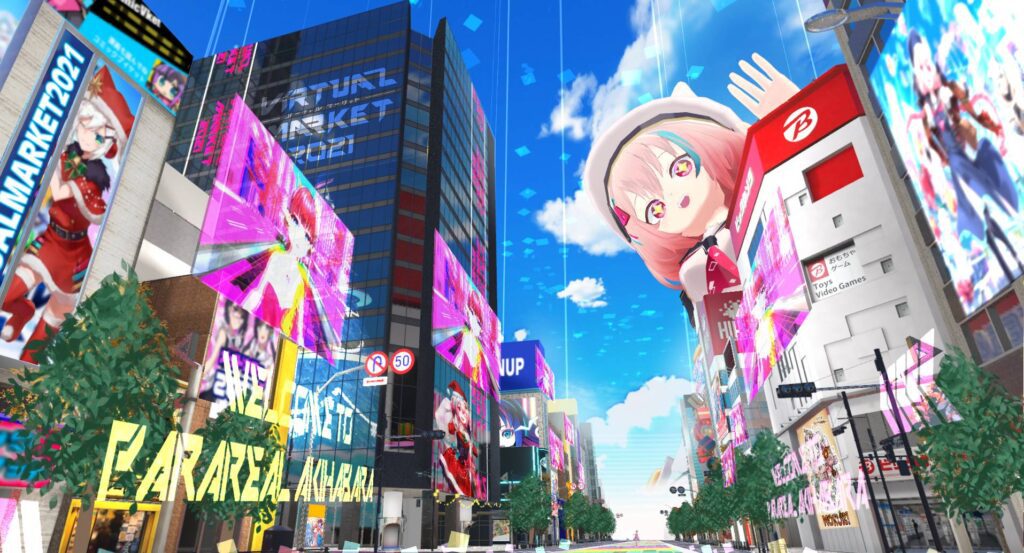Gaming has evolved from simple 2D pixelated images to realistic 3D graphics that can immerse players in virtual worlds. In the early days, 2D graphics used pixels to represent characters and objects. Later, developers adopted sprite-based graphics, allowing for more detailed and animated characters. The shift from 2D to 3D graphics revolutionized the industry, with polygonal 3D models and texture mapping creating depth and realism. Advances in hardware and software led to high-resolution textures, advanced lighting, and physically based rendering, enhancing visual immersion. The introduction of real-time ray tracing has further elevated the graphics, making virtual worlds appear authentic and believable.
Bringing Virtual Worlds to Life: The Evolution of 2D and 3D Graphics in Gaming
Introduction
Gaming has come a long way since its inception, evolving from simple 2D pixelated images to realistic 3D graphics that can immerse players in stunning virtual worlds. This article explores the evolution of graphics in gaming, tracing the advancements in 2D and 3D technology that have shaped the visual landscapes of games.
2D Graphics: The Pixelated Beginnings
In the early days of gaming, developers relied on 2D graphics, using pixels to represent characters, objects, and environments. These pixels were tiny square dots that formed the building blocks of visual elements. Despite their simplicity, 2D graphics created iconic games, such as Super Mario Bros and Tetris.
The Development of Sprite-Based Graphics
As technology advanced, developers adopted sprite-based graphics. A sprite is a 2D image or animation that can be manipulated independently of the background. This allowed for more detailed and animated characters, enabling games to have more expressive visuals. The introduction of sprite-based graphics led to a wave of visually engaging games.
Transition to 3D Graphics
The late 1980s and early 1990s marked a pivotal moment in gaming with the transition from 2D to 3D graphics. This shift revolutionized the gaming industry, bringing a new level of realism and depth to virtual worlds.
Polygonal 3D Models
One of the earliest approaches to 3D graphics involved using polygonal 3D models. These models were made up of interconnected triangles known as polygons, forming the structures of characters and objects. By manipulating these polygons, developers could create complex shapes and environments that added depth and realism to games.
Texture Mapping and Lighting Effects
To enhance the realism of 3D graphics, texture mapping and lighting effects were introduced. Texture mapping involved wrapping a 2D image or texture onto a 3D model, adding surface details and colors. Lighting effects simulated natural lighting conditions, creating shadows, reflections, and highlights that made virtual worlds more visually appealing and immersive.
The Rise of Realism: Current State of 3D Graphics
Advances in hardware and software technologies have allowed 3D graphics to reach unprecedented levels of realism. Today’s gaming industry boasts visually stunning games with near-photorealistic graphics, bringing virtual worlds to life more convincingly than ever before.
High-Resolution Textures and Detail
The availability of high-performance GPUs and improved texture mapping techniques have enabled the use of high-resolution textures in games. These textures contain intricate details, such as fine lines, realistic skin textures, and environmental elements. As a result, game worlds now possess a level of intricacy and richness that can captivate players.
Advanced Lighting and Physically Based Rendering
Lighting in modern games has reached a new level of realism through advanced lighting models and physically based rendering (PBR). PBR simulates how light interacts with materials in a physically accurate manner, resulting in lifelike reflections, refractions, and shadows. This realistic lighting enhances the visual immersion and overall aesthetics of the gaming experience.
Real-Time Ray Tracing
The recent introduction of real-time ray tracing has revolutionized 3D graphics even further. Ray tracing provides accurate simulations of the behavior of light rays, enabling developers to create stunning reflections, global illumination, and realistic shadows. This technology elevates the visual fidelity of games, making virtual worlds appear more authentic and believable.
Conclusion
The journey of graphics in gaming has been an incredible one, transforming virtual worlds from pixelated landscapes to breathtakingly realistic environments. From humble beginnings of 2D graphics to the current state of cutting-edge 3D technology, the evolution of graphics has shaped the immersive experiences we enjoy today. With future advancements on the horizon, video games will continue to evolve and push the boundaries of visual realism.
